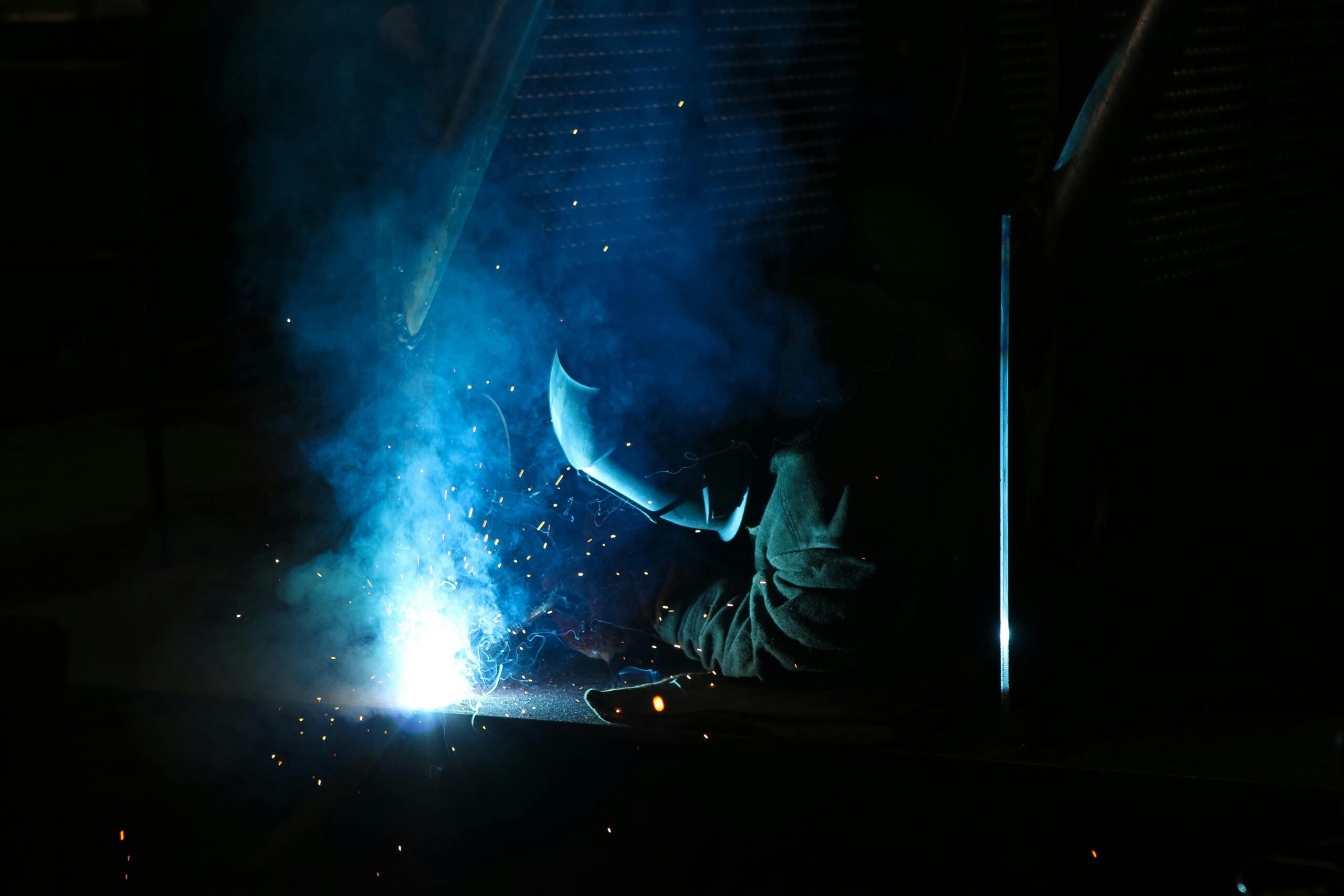Tungsten Inert Gas (TIG) welding, also known as Gas Tungsten Arc Welding (GTAW), is often the preferred welding process due to the customizations TIG welding allows. This also means more markets and industries are impacted with the advancements of TIG welding. Novarc Technologies is focused on helping our customers by advancing and pushing boundaries in pipe welding and it made sense for us to put more of an emphasis on TIG welding and the industries it impacts.
Applications
One of the key strengths of TIG welding is its suitability for welding a wide range of metals, including aluminum, stainless steel, nickel alloys, and titanium. This makes it invaluable in industries such as aerospace, where lightweight yet durable materials like aluminum are prevalent. In automotive manufacturing, TIG welding is often used for welding exhaust systems, chassis components, and intricate parts where precision is crucial. It’s also commonly found in the fabrication of pressure vessels, pipes, and even in artistic welding for sculptures and decorative pieces.
Industries
TIG welding finds its place in industries where high-quality welds with minimal defects are paramount. Aerospace companies rely on TIG welding for critical components like aircraft frames, engine parts, and fuel systems. In the automotive sector, TIG welding ensures strong and clean welds for components like exhaust systems, engine blocks, and suspension parts. The marine industry benefits from TIG welding’s ability to produce corrosion-resistant welds, making it ideal for shipbuilding and repairs. Moreover, TIG welding is widely used in the construction of pipelines and facilities for oil and gas, where weld integrity is vital for safety and longevity. In the realm of pipe welding, TIG welding shines brightly. Its ability to weld pipes with precision and cleanliness is highly valued in industries such as plumbing, HVAC, food and beverage and oil & gas. TIG welding ensures leak-free joints, superior strength, and corrosion resistance, meeting the stringent requirements of piping systems.
Why is TIG a Preferred Method
There are several reasons why TIG welding is preferred in various applications. Firstly, it offers exceptional control over the welding process, thanks to its precise heat input and the ability to adjust settings like amperage during non-stop welding. The ability to increase or decrease the amperage by foot pedal or hand amptrol is what makes TIG welding unique. It’s also what makes welding different alloys possible with TIG and impossible with MIG and other processes. This control allows welders to produce clean, aesthetically pleasing welds with minimal spatter and distortion. Secondly, TIG welding can produce high-quality welds on thin materials without warping or burn-through, making it suitable for delicate work. Additionally, the use of a non-consumable tungsten electrode and inert shielding gas results in clean welds with minimal contamination, ensuring weld strength and longevity. Now with all the benefits of MIG welding, we would be remiss to not mention the downsides of traditional/manual TIG welding. The main drawbacks are that is slow, low deposition and high skill required. With us being welding purists here at Novarc, we really appreciate the skill required. Watching an expert TIG welder is like watching an artist and a surgeon performing in one fluid motion. Our passion for this skill is what drives our innovation.
In conclusion, TIG welding’s versatility, precision, and ability to produce high-quality welds make it a preferred choice across a wide range of industries. Its applications in aerospace, automotive, marine, energy, mechanical and construction underscore its importance in modern manufacturing and fabrication processes, where quality and reliability are paramount. Novarc Technologies is on the verge of revolutionizing TIG welding. Stay tuned, as we will be announcing a new TIG product very soon.
